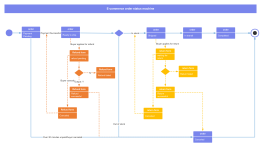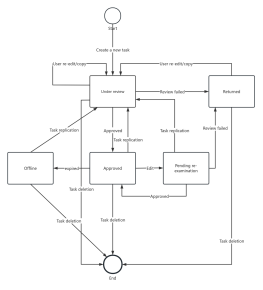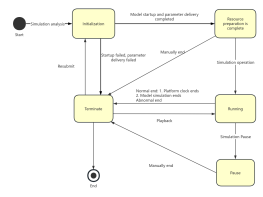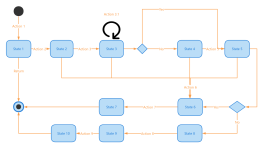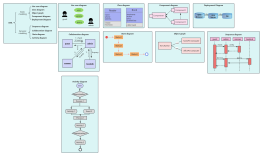State Classification
A state refers to a condition of an object during its lifecycle, fulfilling certain conditions, executing certain activities, or waiting for certain events, represented by rounded rectangles.
Initial State: Represents the start of the state machine diagram, depicted with a solid circle, and there is only one initial state in a state machine diagram.
Final State: Represents the end of the state machine diagram, depicted with a solid circle with a ring, and a state machine diagram can have multiple final states.
Composite State: A composite state is a state that contains nested substates. Depending on whether the states exist simultaneously, they are divided into sequential substates and concurrent substates.
History State: A history state is a pseudo-state that indicates when the state transitions back to the composite state, it should be in the substate it was in when it last exited, rather than starting from the initial state of the composite state.

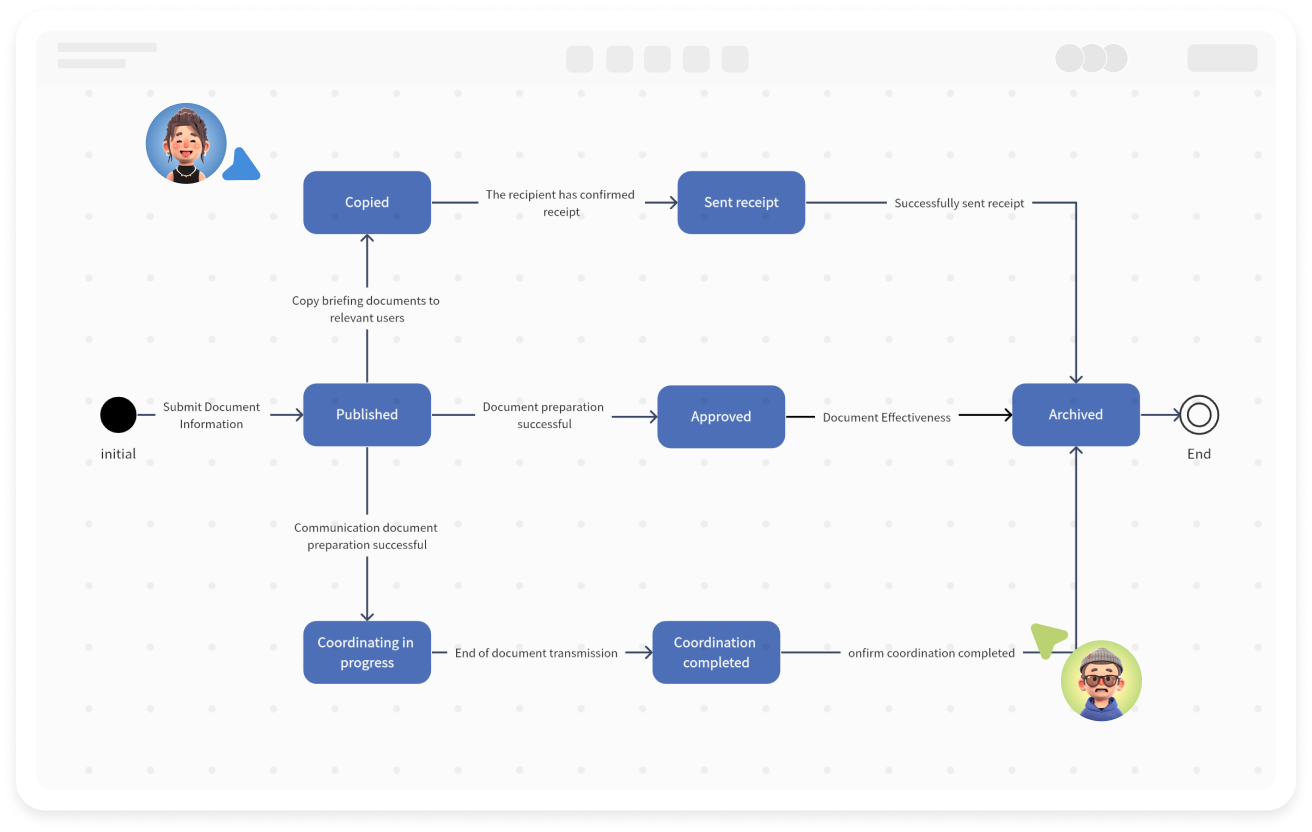


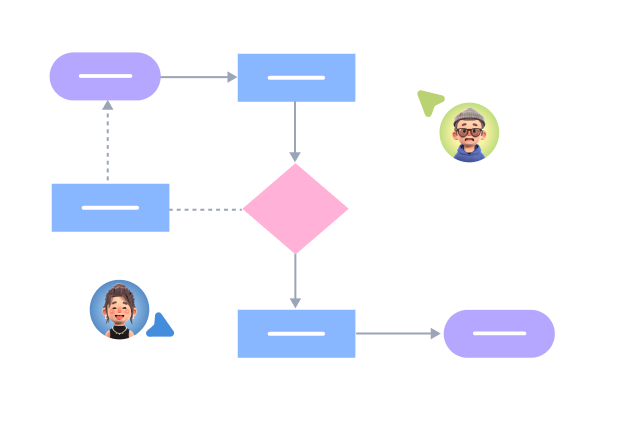
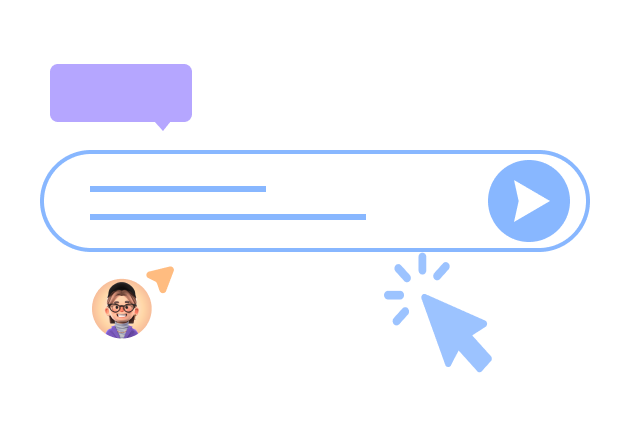

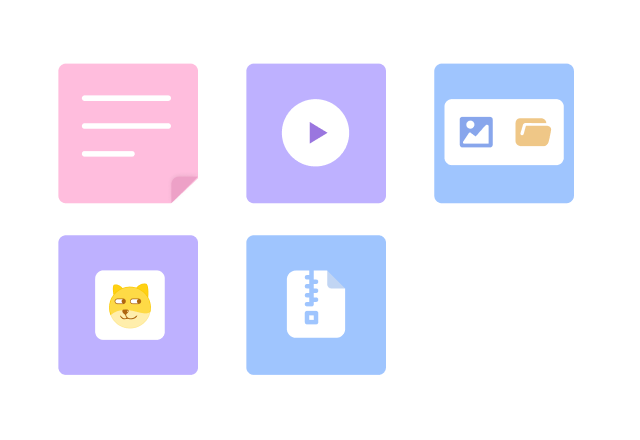

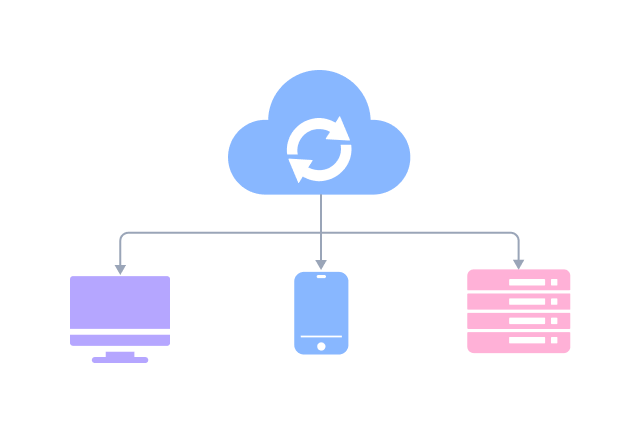
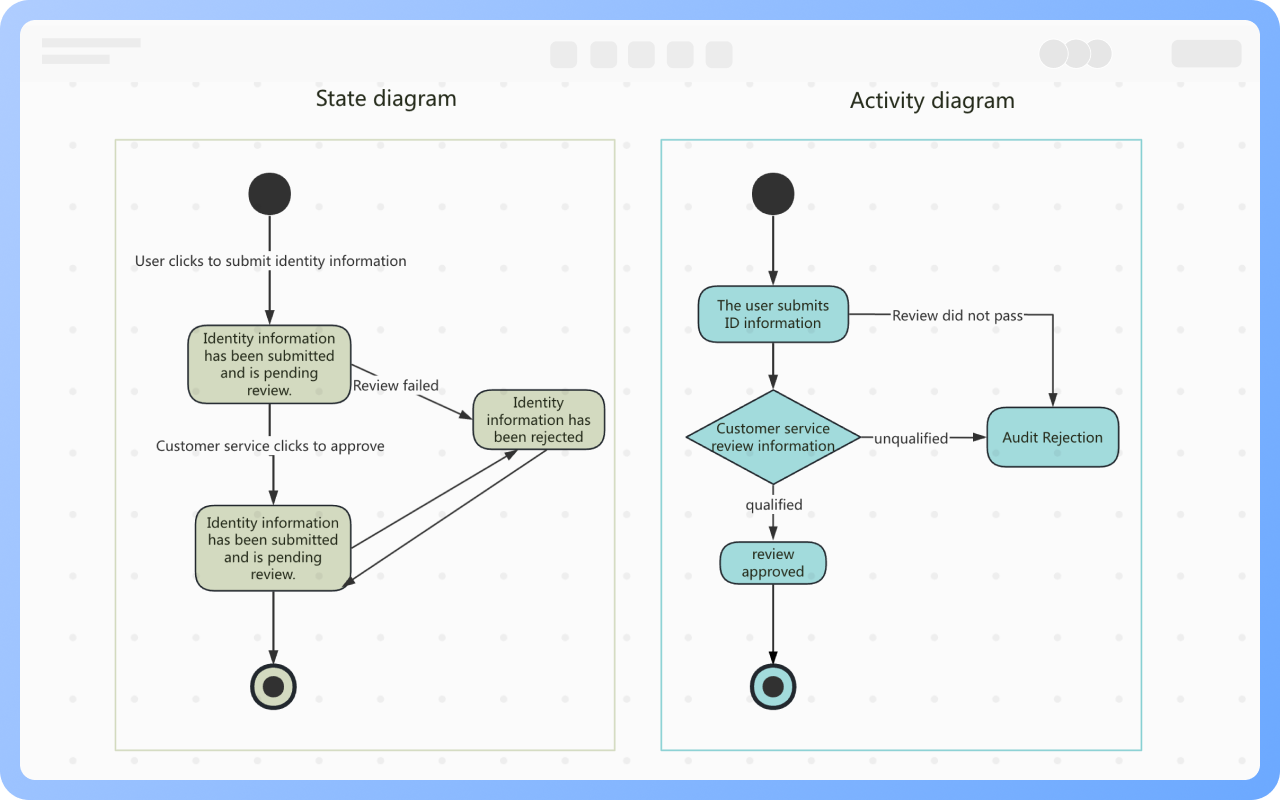
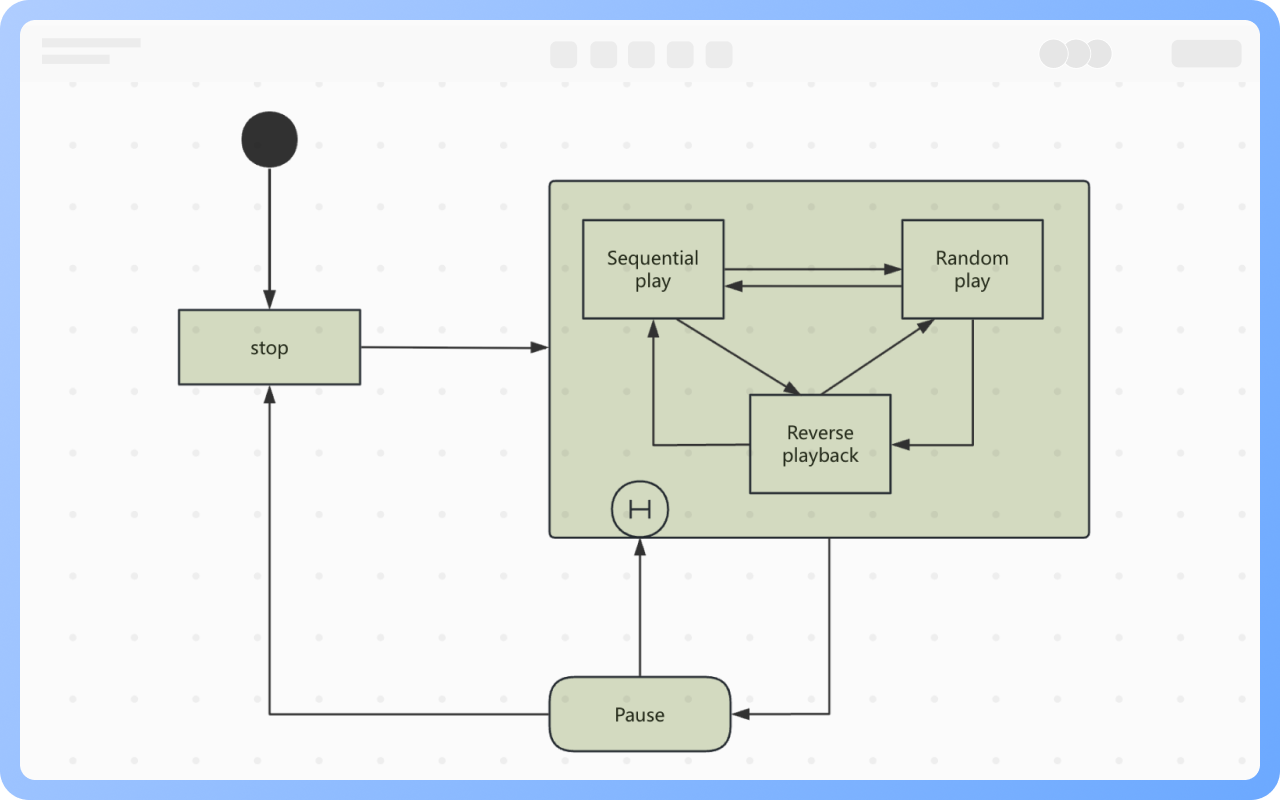
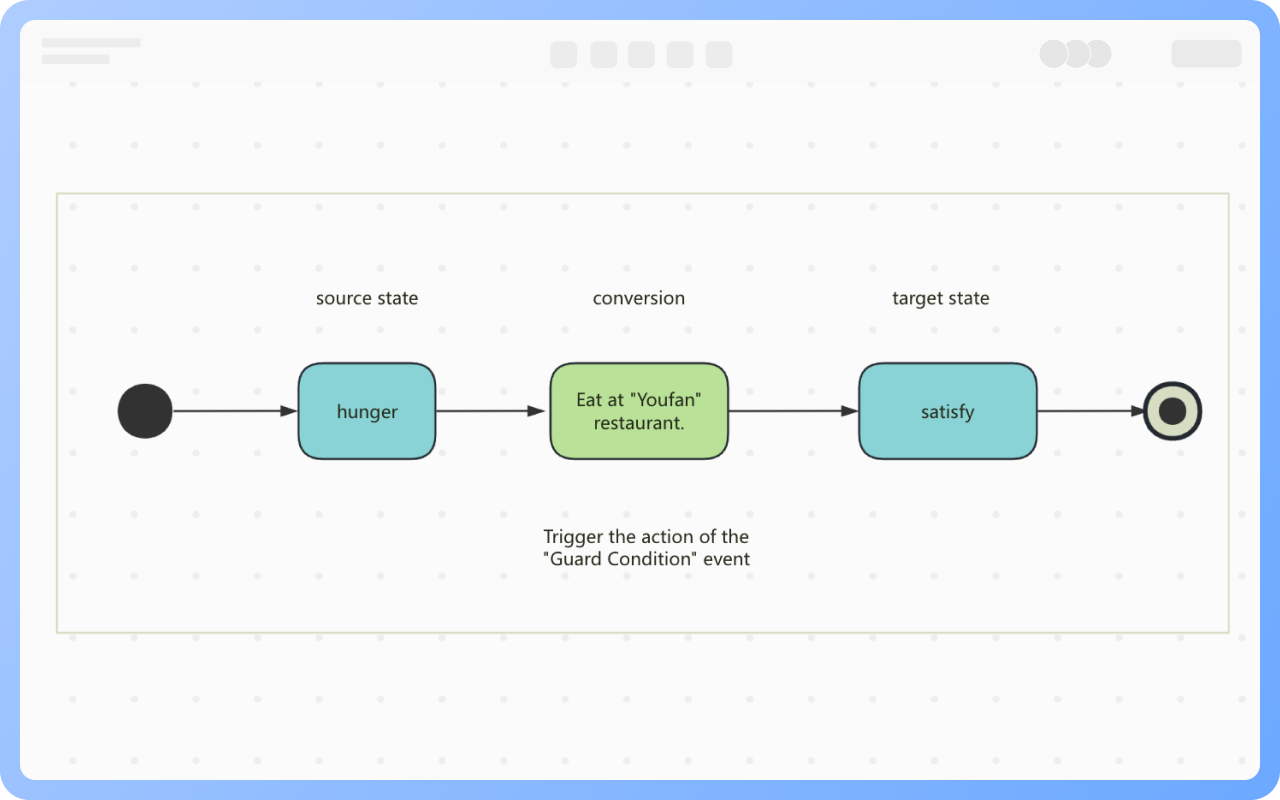
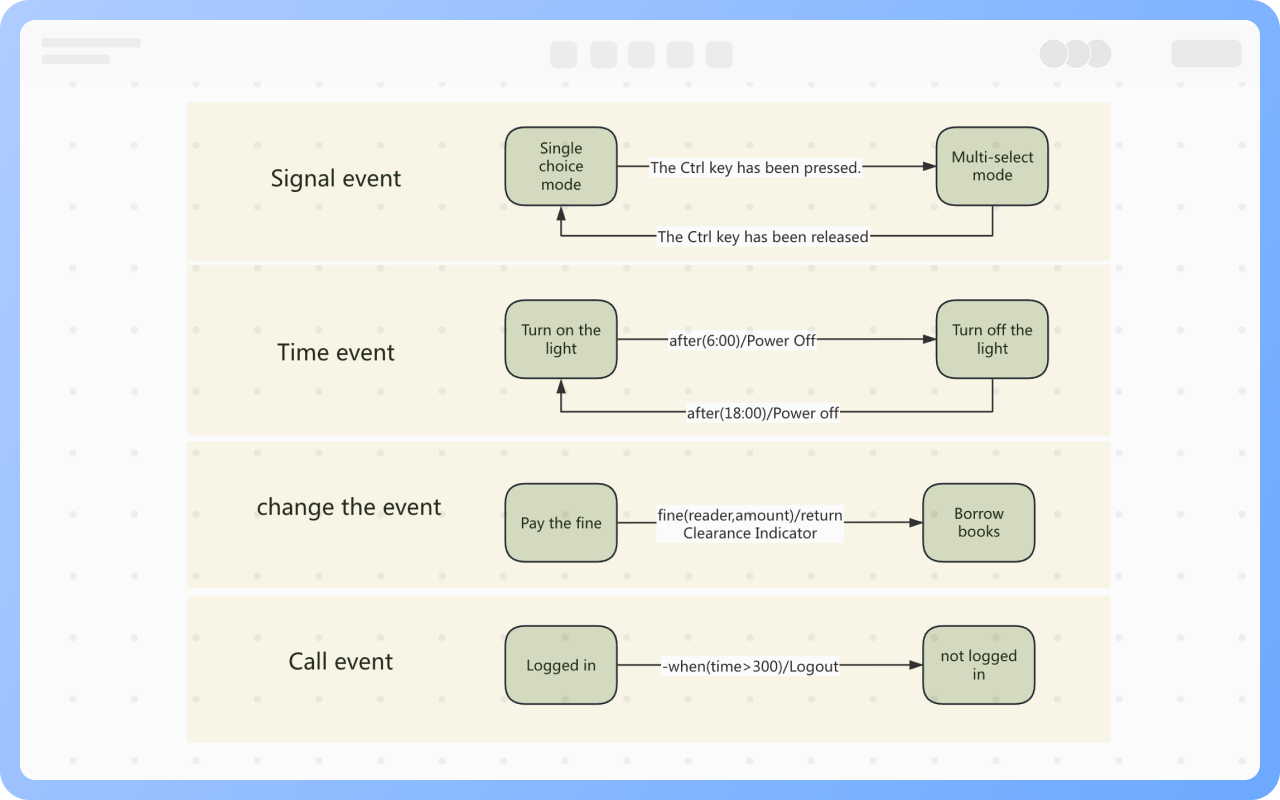
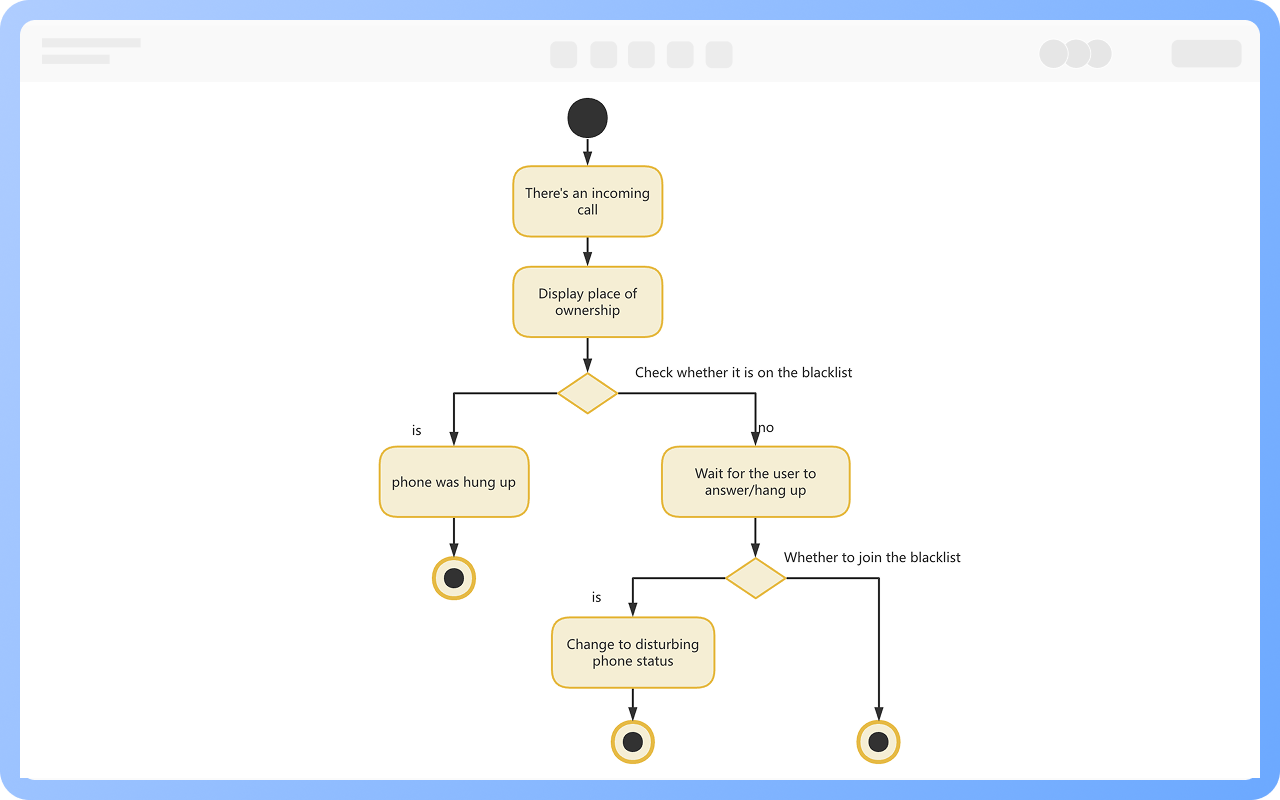
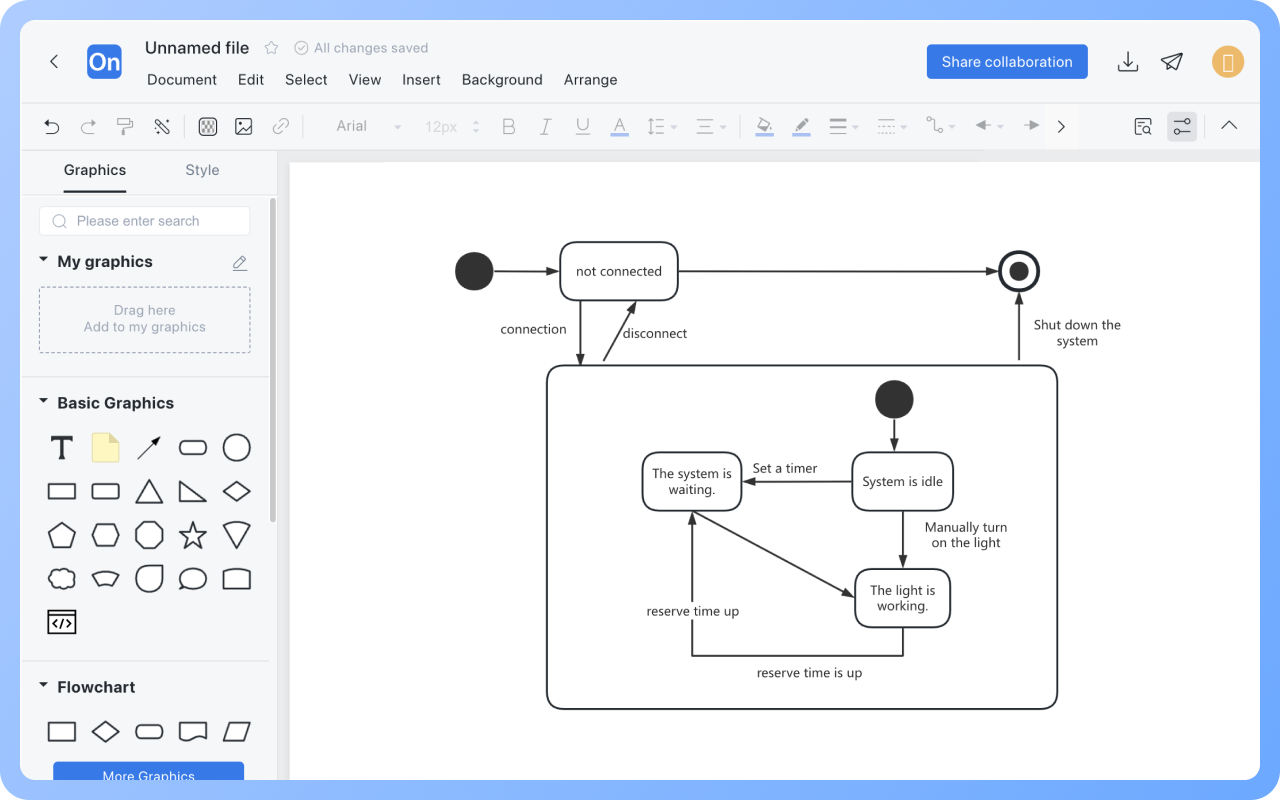
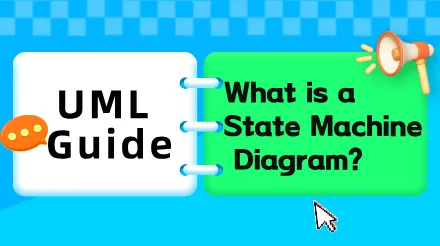
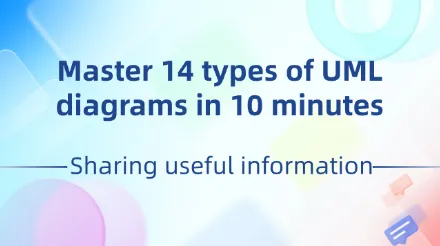
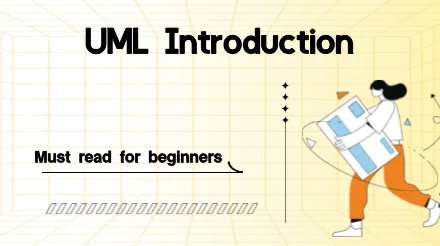
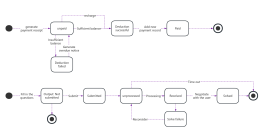
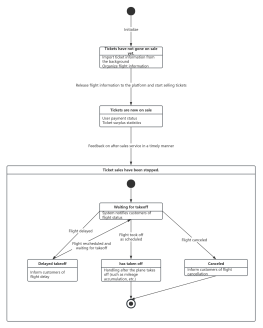
![[UML] Order processing state diagram](https://www.processon.io/chart_image/template/thumb/676911c4f4278a2300f90544.png?tid=6762a49e3415ee608db914cf)
